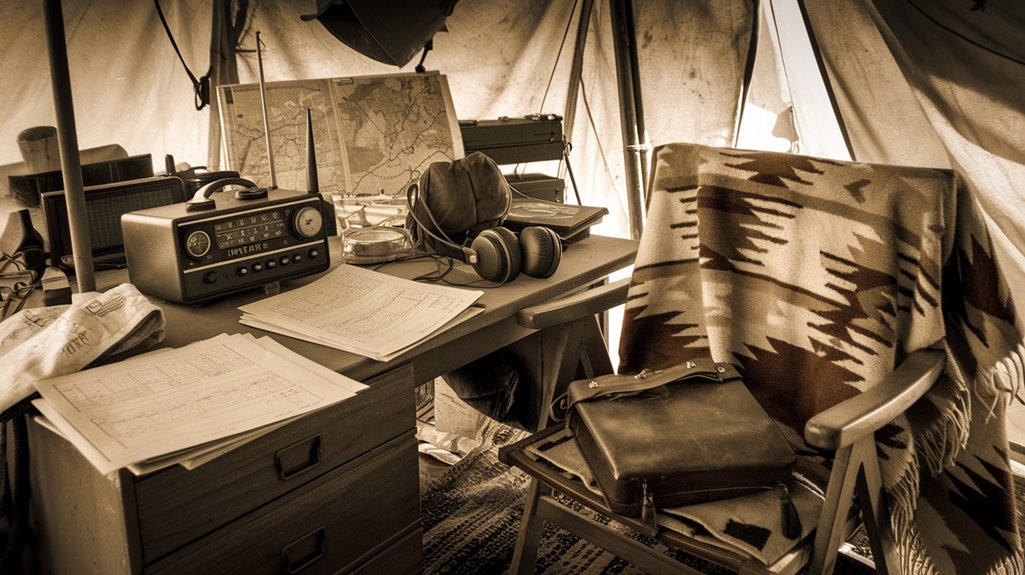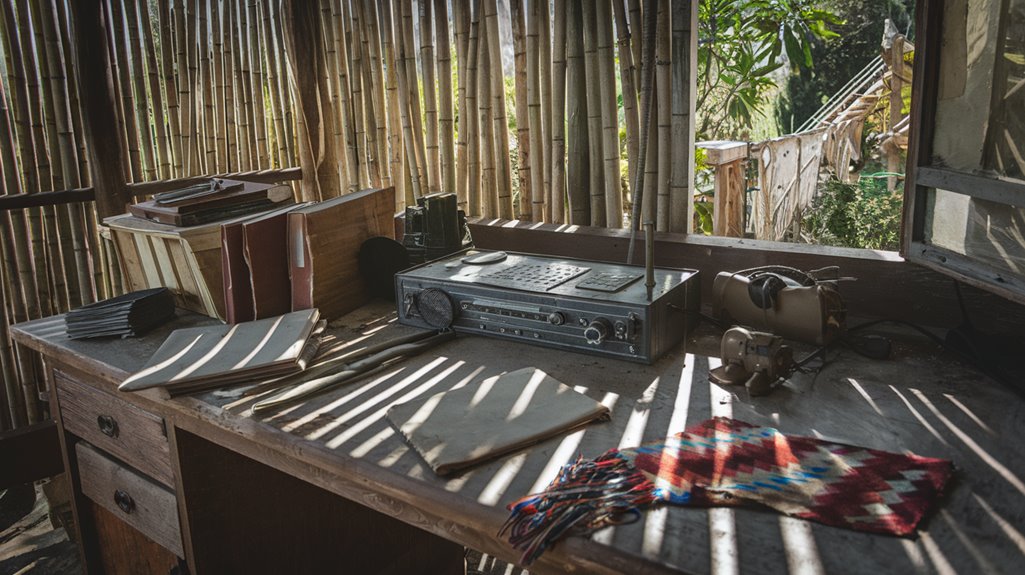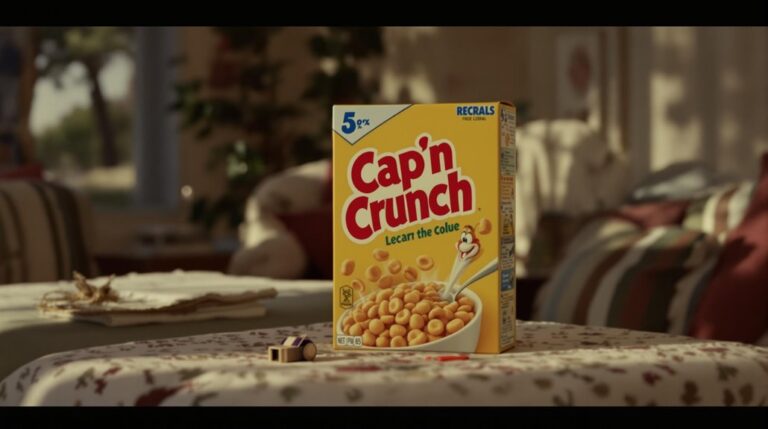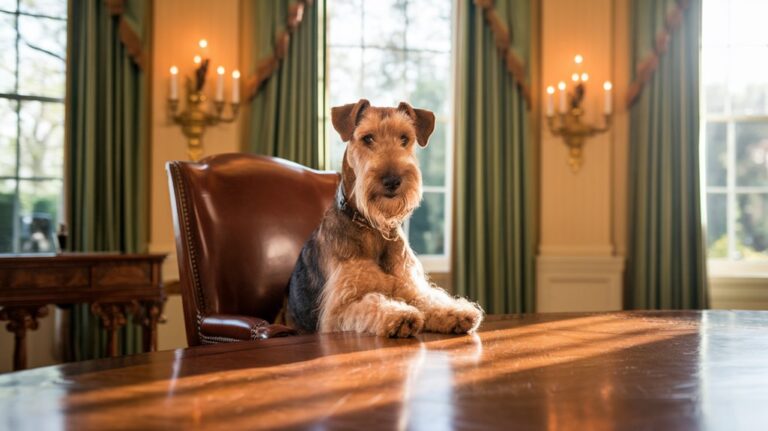Navajo Language Was Used to Code U.S. Messages in WWII
You've probably heard about secret military codes, but did you know one of the most successful ones wasn't created in a lab? During World War II, the U.S. military turned to an unexpected source: the Navajo language. While the Germans and Japanese cracked complex military codes, they couldn't decipher messages spoken in this ancient Native American tongue. It's a fascinating story of how a people's heritage became an unbreakable wartime weapon that helped secure victory in the Pacific.
The Birth of an Unbreakable Code
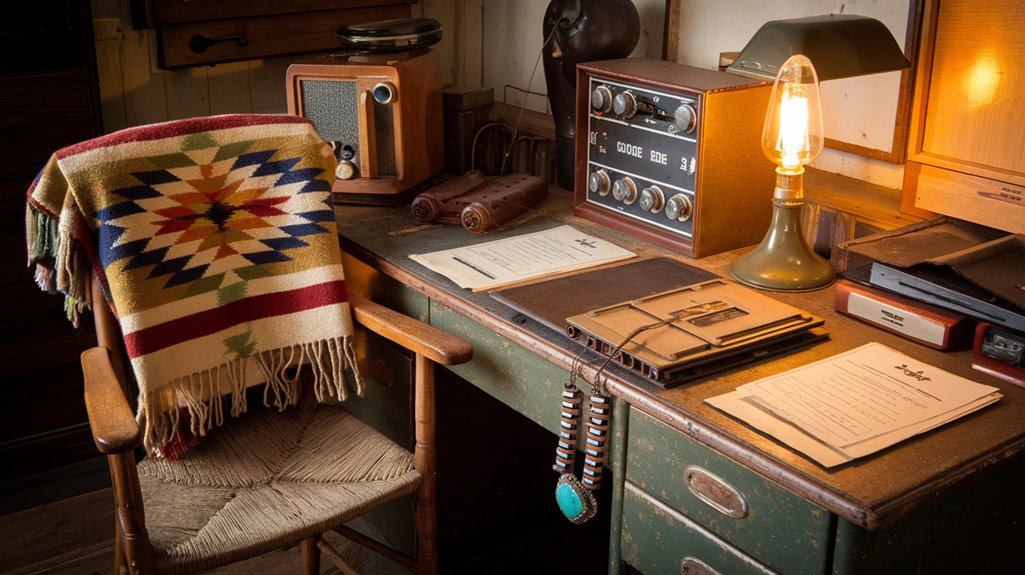
During World War II's darkest hours, the U.S. military discovered an ingenious solution to their communication security challenges in the Navajo language. The cultural significance and linguistic uniqueness of this unwritten language made it perfect for creating an unbreakable code. Code talkers transmitted over 800 messages during the battle of Iwo Jima alone.
You'll find it fascinating that Phillip Johnston, who grew up on a Navajo reservation, proposed this brilliant idea in 1942. He demonstrated the code's effectiveness with four Native Navajo speakers at Camp Elliot, where they impressed trained code experts. The pilot program began with 29 Navajo Marine recruits.
The initial code included 211 English translations of common military terms, and it didn't stop there. As the war progressed, they expanded it to include over 600 words and added Navajo equivalents for frequently used English letters. This innovative system would prove invaluable throughout the Pacific theater.
From Spoken Word to Military Power
The Navajo code's transformation from concept to battlefield reality stands as one of military history's most remarkable achievements.
What began with 450 phonetically spelled words grew to nearly 800 codewords, showcasing the linguistic diversity and cultural significance of the Navajo language.
You'll find the code's effectiveness demonstrated in its lightning-fast transmission speed, with three lines of English converted in just 20 seconds.
The system's success relied on specialized teams working in pairs to encode and decode messages across the Pacific theater.
Key aspects of the code's power include:
- Unmatched complexity due to the unwritten nature of the Navajo language
- Perfect accuracy record, with 800+ flawless messages at Iwo Jima alone
- Two-person teams ensuring precise translation and transmission
- Implementation across all major Marine operations in the Pacific
The Elite Force of Navajo Code Talkers
When Marine Corps leadership sought a foolproof communication system, they discovered an elite force of Native American warriors who'd revolutionize military intelligence.
Drawing from their Navajo culture, these skilled communicators transformed their ancient language into a sophisticated military innovation that'd prove unbreakable.
You'll find that these extraordinary Code Talkers mastered a complex system of over 400 terms, transmitting critical messages in seconds rather than hours.
Their impact was particularly evident at Iwo Jima, where six Code Talkers sent more than 800 flawless messages.
They operated as human encoding machines, processing information instantly without writing anything down.
The enemy never cracked their code, making the Navajo Code Talkers instrumental in every major Marine operation throughout the Pacific theater.
Their legacy stands as a testament to Native American ingenuity and courage.
Critical Victories in the Pacific Theater
After Japan's devastating attack on Pearl Harbor, the Pacific Theater erupted into a series of significant battles that'd reshape World War II's outcome.
Under the leadership of Admiral Chester Nimitz, Allied naval forces executed masterful command of the Pacific operations.
The U.S. Pacific Strategy focused on gaining Naval Dominance through strategic island-hopping campaigns and decisive naval engagements.
You'll find these battles were particularly essential to Allied victory:
- The Battle of Midway (June 1942) marked a turning point, destroying four Japanese carriers and shifting the balance of power
- The Guadalcanal Campaign secured critical supply routes and prevented Japanese expansion
- The Battle of Leyte Gulf effectively destroyed Japan's remaining naval power
- The Marianas Campaign provided strategic bases for U.S. bombers
These victories systematically dismantled Japan's defensive perimeter, with each island conquest bringing American forces closer to the Japanese mainland.
The loss of carriers at Midway permanently crippled Japan's ability to maintain naval superiority in the Pacific.
The battle resulted in 3,000 Japanese casualties, dealing a devastating blow to their naval personnel.
Recognition and Lasting Impact
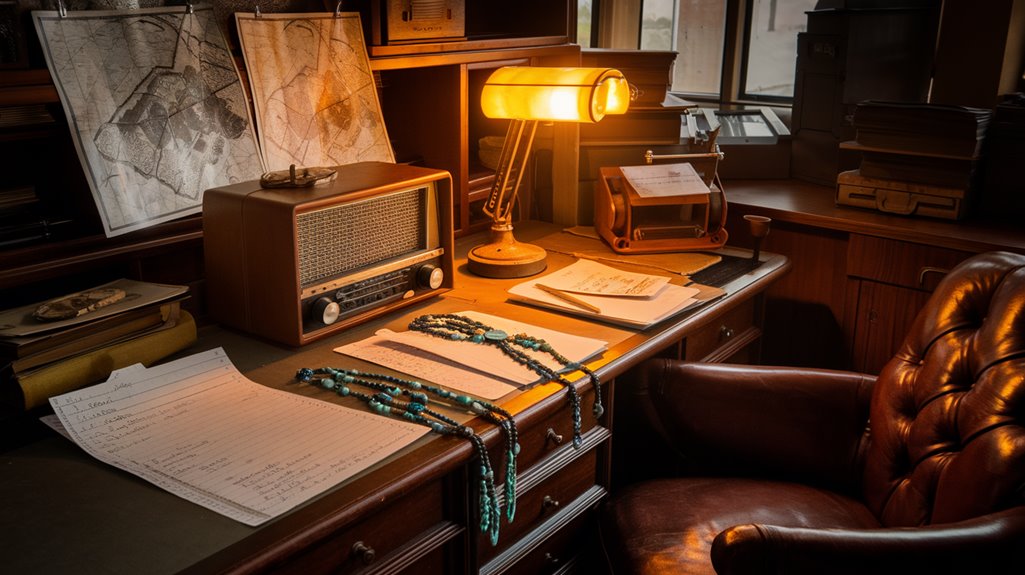
Despite their pivotal role in World War II, Navajo Code Talkers couldn't receive public recognition for 25 years due to military classification of their service.
Once declassified in 1968, their achievements gained widespread attention, leading to significant legislative recognition, including President Reagan's declaration of National Navajo Code Talkers Day in 1982.
The cultural impact of their service extends far beyond military accomplishments. You'll find their story preserved in educational materials, highlighting both Native American contributions to the war effort and the importance of preserving indigenous languages.
In 2000, Congress awarded the original 29 Code Talkers with the Congressional Gold Medal, and four surviving members received their medals from President Bush in 2001.
Their legacy continues to inspire discussions about Native American service and cultural preservation.

